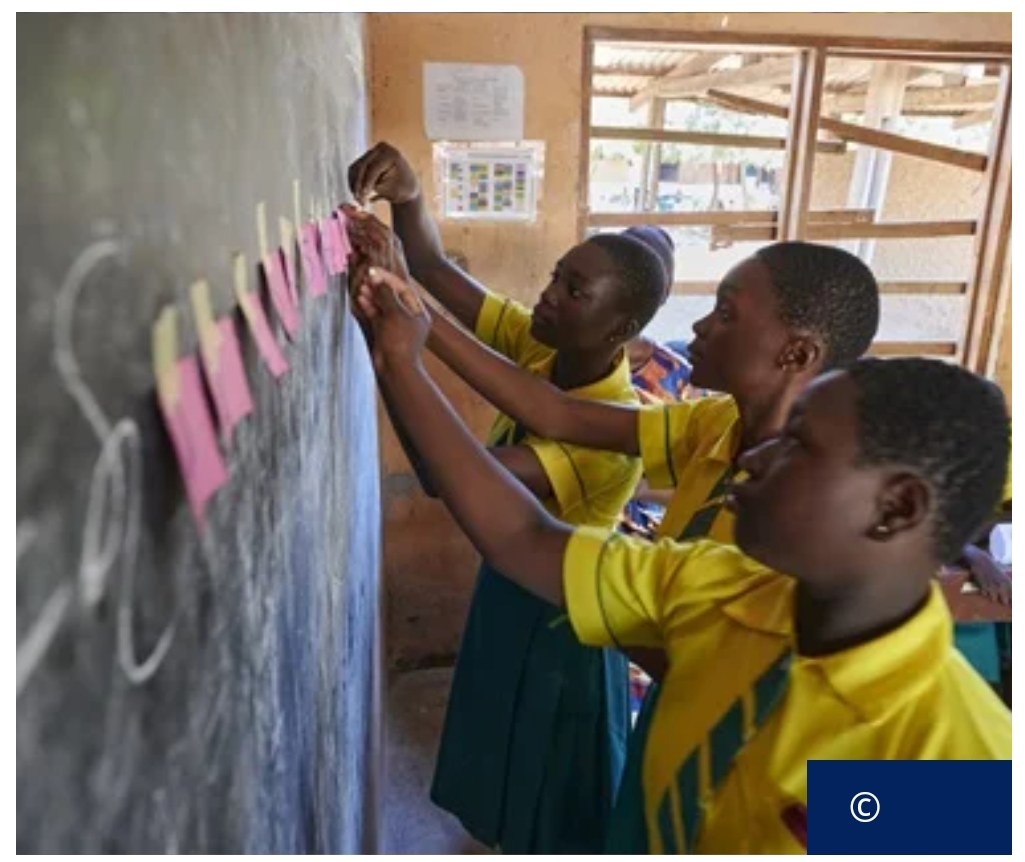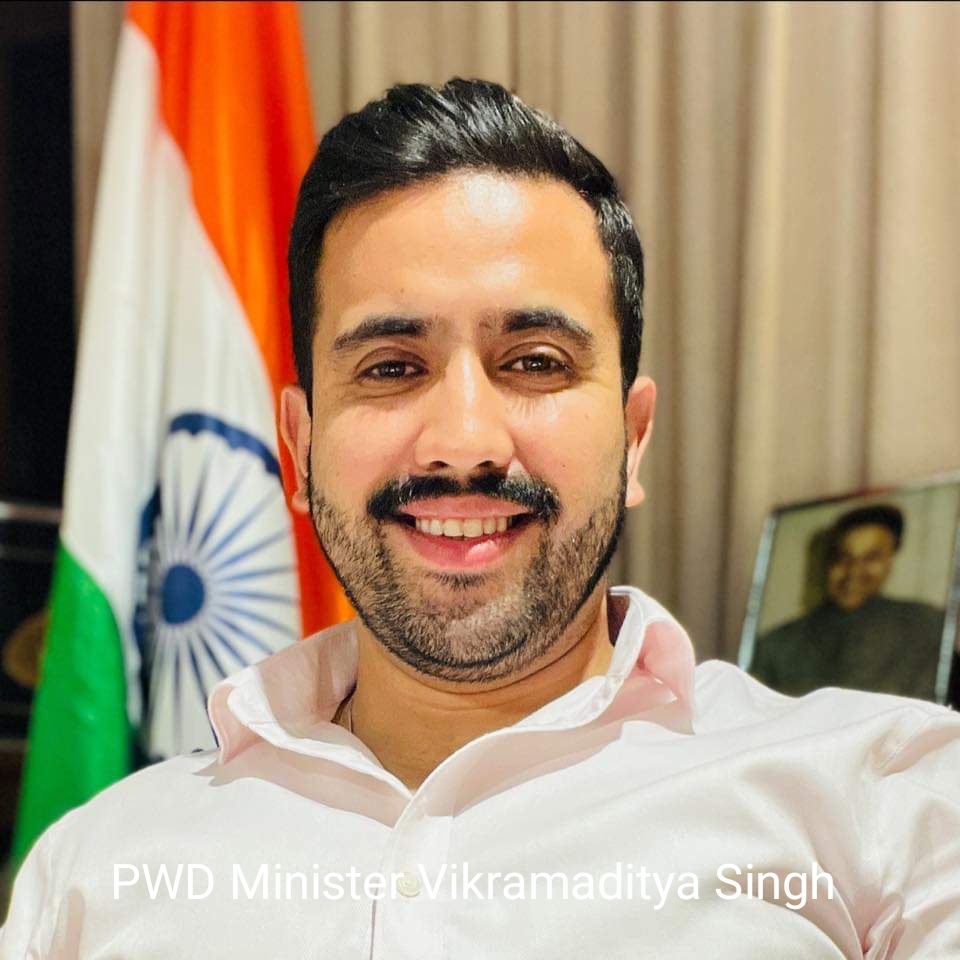WHO Unveils New Global Guideline to Curb Adolescent Pregnancy and End Child Marriage.
Geneva:
In a decisive move to address the leading global cause of death among girls aged 15 to 19, the World Health Organization (WHO) has released a comprehensive new guideline focused on preventing adolescent pregnancy and its serious health and social consequences.
The updated guideline, launched today, urges immediate action to tackle root causes of early pregnancy, including child marriage, lack of education, and limited access to sexual and reproductive health services. WHO emphasizes that ensuring girls can stay in school, access accurate health information, and make informed decisions about their bodies is critical for breaking cycles of poverty, inequality, and ill health.
“Early pregnancies can have serious physical and psychological consequences for girls and young women,” said Dr. Pascale Allotey, WHO’s Director of Sexual and Reproductive Health and Research and head of the UN’s Special Programme in Human Reproduction (HRP). “Addressing this issue means more than just health interventions — it requires creating environments where girls and young women can thrive.”
A Global Challenge with Deep-Rooted Causes
Each year, more than 21 million adolescent girls become pregnant in low- and middle-income countries, nearly half of which are unintended. Early pregnancy often leads to school dropout, reduced employment prospects, and long-term social and economic exclusion. Health risks are also substantial, with increased likelihood of complications such as infections, preterm births, and unsafe abortions — especially in contexts where access to safe, respectful maternal care is limited.
Child marriage remains a major driver of adolescent pregnancy. Data show that 9 in 10 adolescent births in low- and middle-income countries occur among girls married before the age of 18. Ending child marriage is central to WHO’s new strategy.
Key Recommendations
The guideline outlines a series of holistic measures to delay marriage and pregnancy among adolescents:
- End Child Marriage: Enact and enforce laws prohibiting marriage under 18, aligned with international human rights standards.
- Keep Girls in School: Invest in secondary education and provide financial incentives such as stipends or scholarships to support school completion.
- Improve Health Access: Remove barriers such as mandatory parental consent, ensuring adolescents can access contraceptive services and comprehensive maternal care.
- Promote Comprehensive Sexuality Education: Equip both boys and girls with knowledge about consent, contraception, and reproductive health to empower informed decision-making.
- Strengthen Gender Equality: Address deep-seated gender norms and engage communities to change harmful practices and support girls’ autonomy.
“Early marriage denies girls their childhood and has severe consequences for their health,” said Dr. Sheri Bastien, WHO Scientist for Adolescent Sexual and Reproductive Health. “Education and empowerment are our strongest tools for reshaping the future for adolescent girls.”
Progress and Gaps
Despite global progress over the past two decades — with adolescent birth rates declining from 1 in 15 to 1 in 25 — vast disparities remain. In some countries, nearly 1 in 10 girls aged 15–19 give birth each year.
The new guideline, which builds upon and updates WHO’s 2011 adolescent pregnancy prevention framework, reflects a stronger emphasis on ending child marriage and ensuring access to adolescent-responsive health services and contraception.
A Call for Urgent Action
As the world looks to meet the Sustainable Development Goals by 2030, the WHO stresses that preventing adolescent pregnancy is not only a health imperative but a matter of gender equality and human rights. The organization calls on governments, civil society, and global partners to adopt the guideline and invest in the future of adolescent girls.




